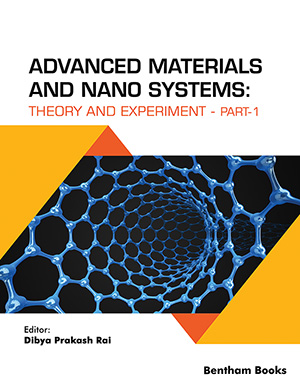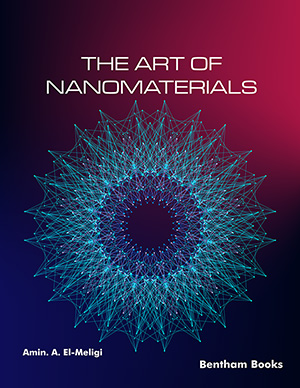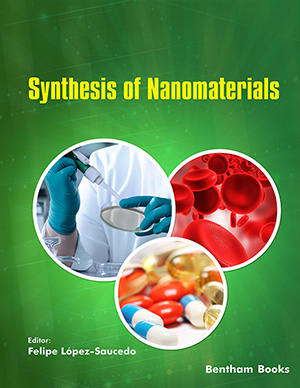Abstract
The interface between nanotechnology and biotechnology is emerging as
one of the latest technology with the utmost comprehensive and active areas of
research, bringing together the medical science and engineering field. Scientifically a
disease or an illness is mostly caused by molecular or cellular damage, and sensing
these changes through nanoelectronics can play an important function in assisting
medical demands for early detection and diagnosis. Implantable nanoelectronics
devices create numerous applications in medical observation of specific signs, bio-physical investigations of impulsive tissues, implantable devices for different body
organs, solving the previous shortcomings of conventional bioanalytical techniques in
terms of sensitivity, throughput, ease-of-use, and downsizing. The advancement of
nanobioelectronic systems that can activate enzyme activity, the electrically triggered
medicine release, an electronic circuit-based retina for colour vision, nanotech-founded
breathalyzers as an assessment tool, nanogenerators to control self-sustaining
biological systems and implantation arrangement are some of the applications of
nanoelectronics, and in future, we may even use nanoelectronics circuit within the body
tissues to regulate its functioning. In this chapter, we give a summary of the latest
advances in nanoelectronics based on nanostructures, on-chip and electronic
integration, microfluidics, biochemistry, and data science toolkits, we highlight the
possibility for improved performance and additional functionality.
Keywords: Biosensors, Graphene, Nanotubes, Nanosphere, Nanowires, Nanotechnology, Nanoradios, Nanophotonic.






















